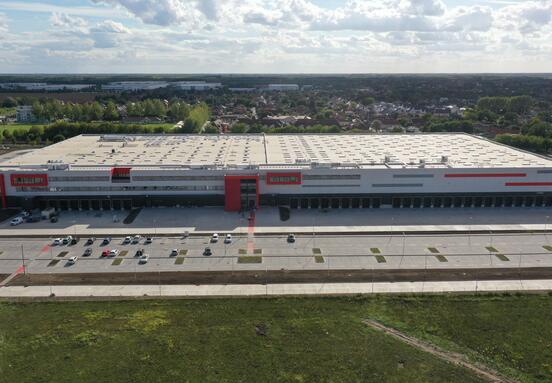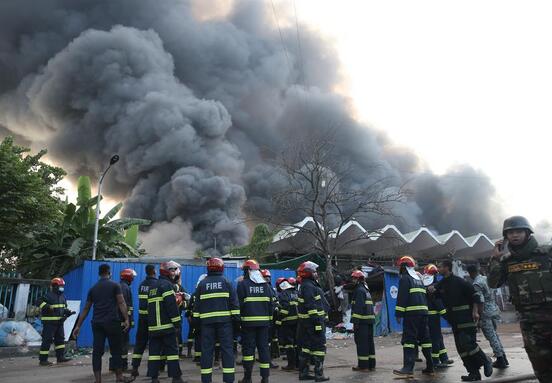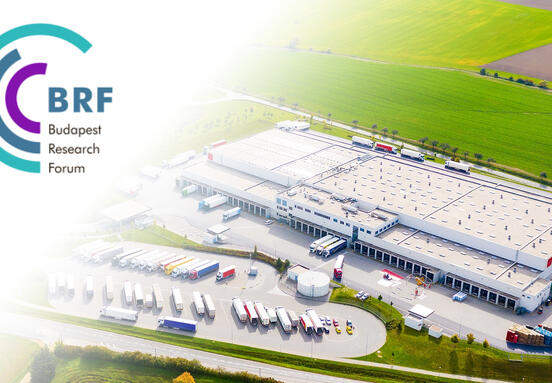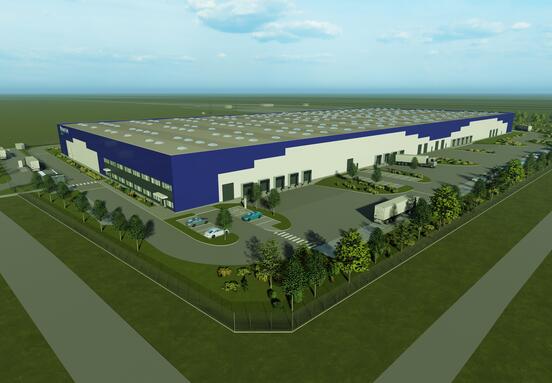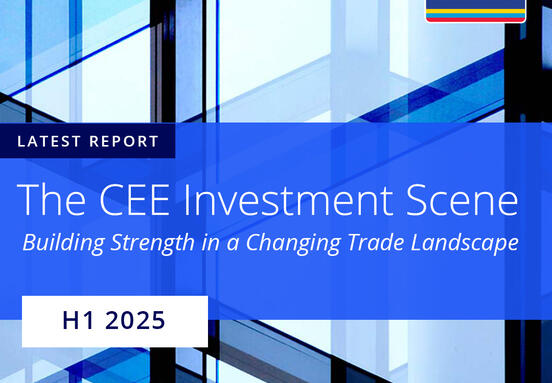The annual rate of expanse in supply is going to be higher than it was last year. About 101 thousand square metres of developments are expected to be completed until the end of the year, which indicates a 40% growth in comparison with last year. Since the empty areas are becoming scarce, developers’ activity is expected to be on the increase, while supply is going to exceed two million square metres.
The biggest volume construction works are taking place in the western suburbia, in Inpark Páty. The 23 thousand square metre investment is carried out by NIPÜF Zrt., which is owned by the state but is an active market player. The company focuses on developing properties in accordance with domestic and international clients’ demands.
Tenants’ activity is on the increase
In the first half of the year an area of about 285 thousand square metres was leased, which is the highest demand ever that could be seen in half-yearly breakdown. The volume of transactions grew by 75 thousand square metres compared to last year, which is a positive result considering the record demand in 2016. The rate of lease renegotiations decreased slightly compared to last year (from 70% to 65%). At the same time the rate of new contracts within the demand grew from 8.5% to 22%, as a result of the expansion in supply.
The three biggest transactions involved the renegotiations of earlier transactions; among these the BILK lease extension accounted for one third of the total demand (95 thousand square metres). The most significant new contract was signed in Prologis Park Budapest Harbor, while the biggest prelease agreement was closed in the project of CTP Biatorbágy (13,640 and 10,000 square metres respectively).
Leasable areas have run out
Average market vacancy rate has shown a continuous decline since 2013. The ratio of unused area was 7.6% at the end of last year, at present it is 5.5%. The drop in vacancy rate is more than four percentage points compared to the vacancy rate in the middle of 2016). The total area of vacant warehouses in logistics parks is less than 62 thousand square metres, which is less than 4% of the stock. The available vacant areas are geographically scattered, it is difficult to find a larger contiguous warehouse in one location. Leasable warehouses bigger than 5 thousand square metres can only be found in four logistics parks, leasable warehouse of 10,000 square metres is not available on the market. Therefore the market has run out of leasable warehouse areas.
The size of utilised areas has continued to grow, net market absorption surpassed 100 thousand square metres in the first six months, which is twice as much as the new area handed over in the given period.
According to surveys rental fees remain in the 3.3-3.7 EUR/month interval (although they tend to be closer to the upper end of the interval and there are fewer rental discounts). The domestic logistics stock is still concentrated, four big property owners own more than half of the leasable area. This could be in part the reason why there are few investment transactions compared to other market segments. The investment deals are portfolio sales in many cases (which might concern more countries). According to market information investors’ yield expectation is around 7.8-8% for premium properties.
Rising rental fees, recurring speculative developments
In 2016 the industrial/logistics property market reached a turning point: speculative development activities started to become noticeable in this year. Developers’ activity surpassed 70 thousand square metres for the first time after seven years, but it is still far from the stable development that was characteristic before the crisis (handover of 150-200 thousand square metres per year). Thanks to improving market conditions growth continues in 2017 as well, about 100 thousand square metres new properties will be handed over until the end of the year. The new projects are not changing the structure of the market – that is the concentration of the supply – but as a result of increased demand we can expect new developers to enter the market. Market vacancy is not expected to grow significantly in 2018, it might further decrease this year.
On the basis of developers’ plans it can be seen that speculative developments are coming back to the market, as a result the ratio of logistics properties will probably increase within the investment transactions. Yields are expected to slightly decrease in the future.
Eston

